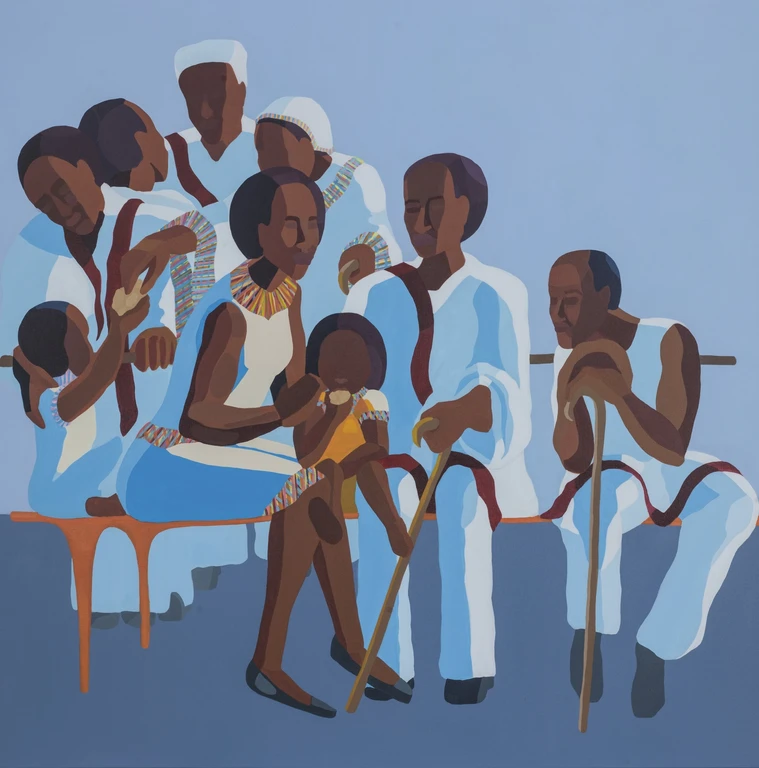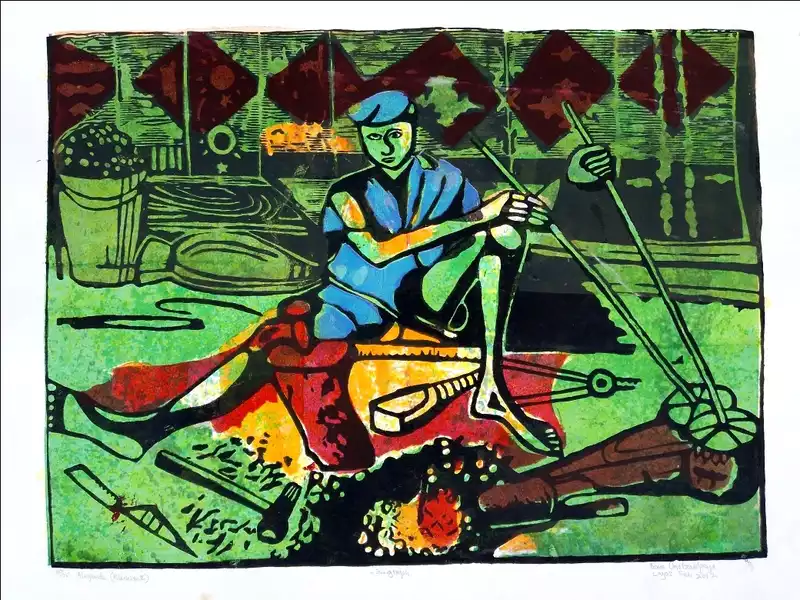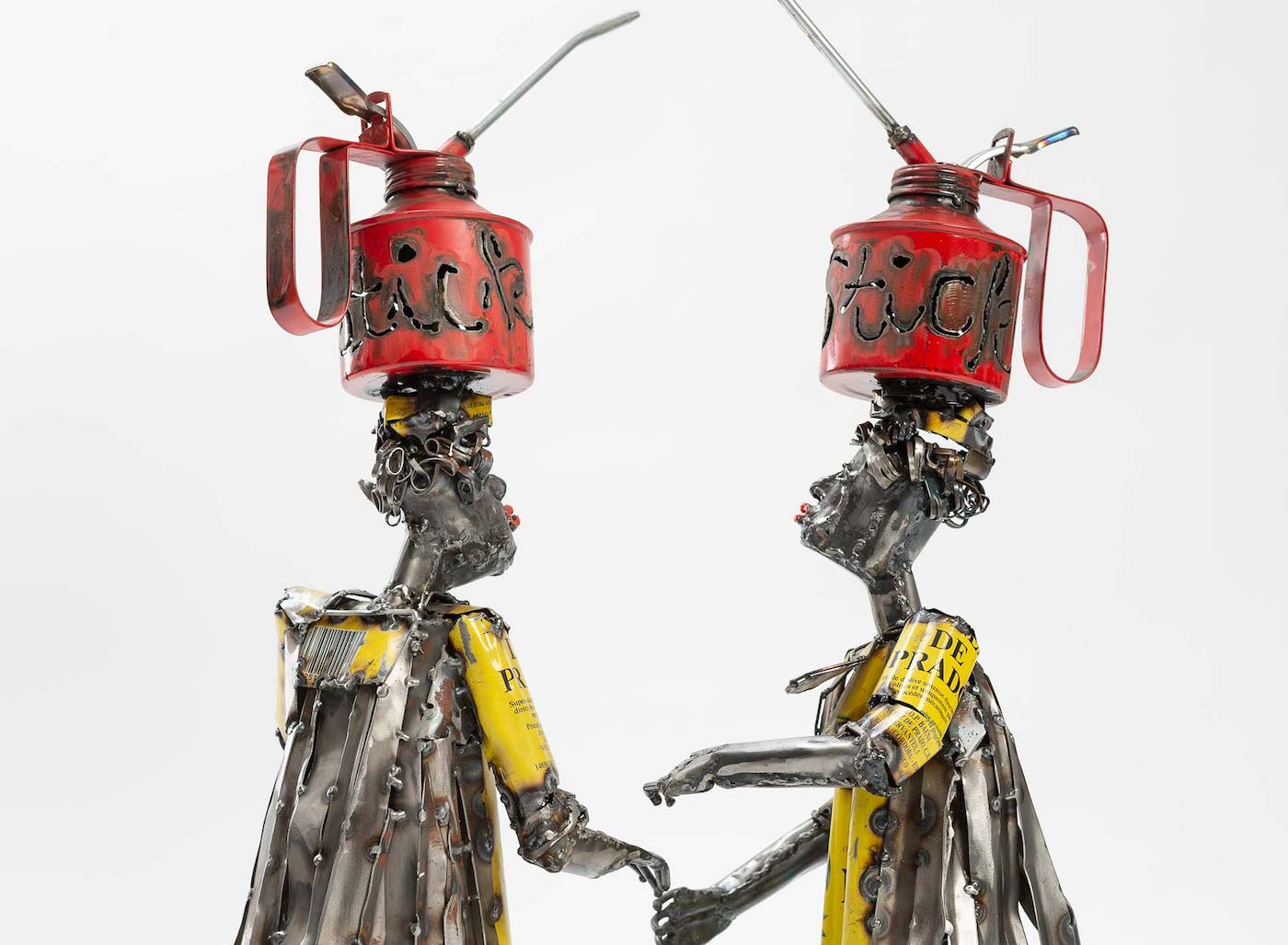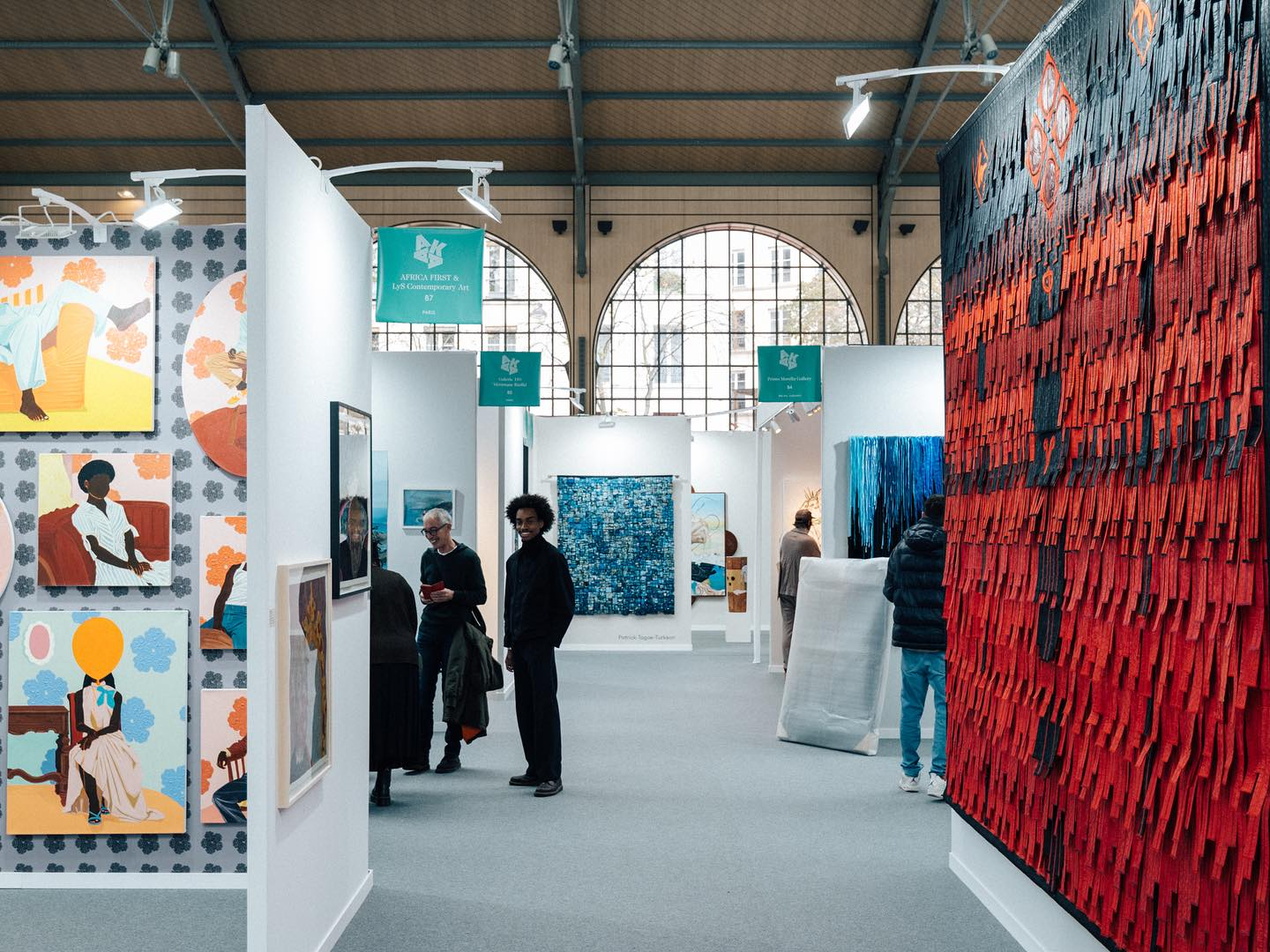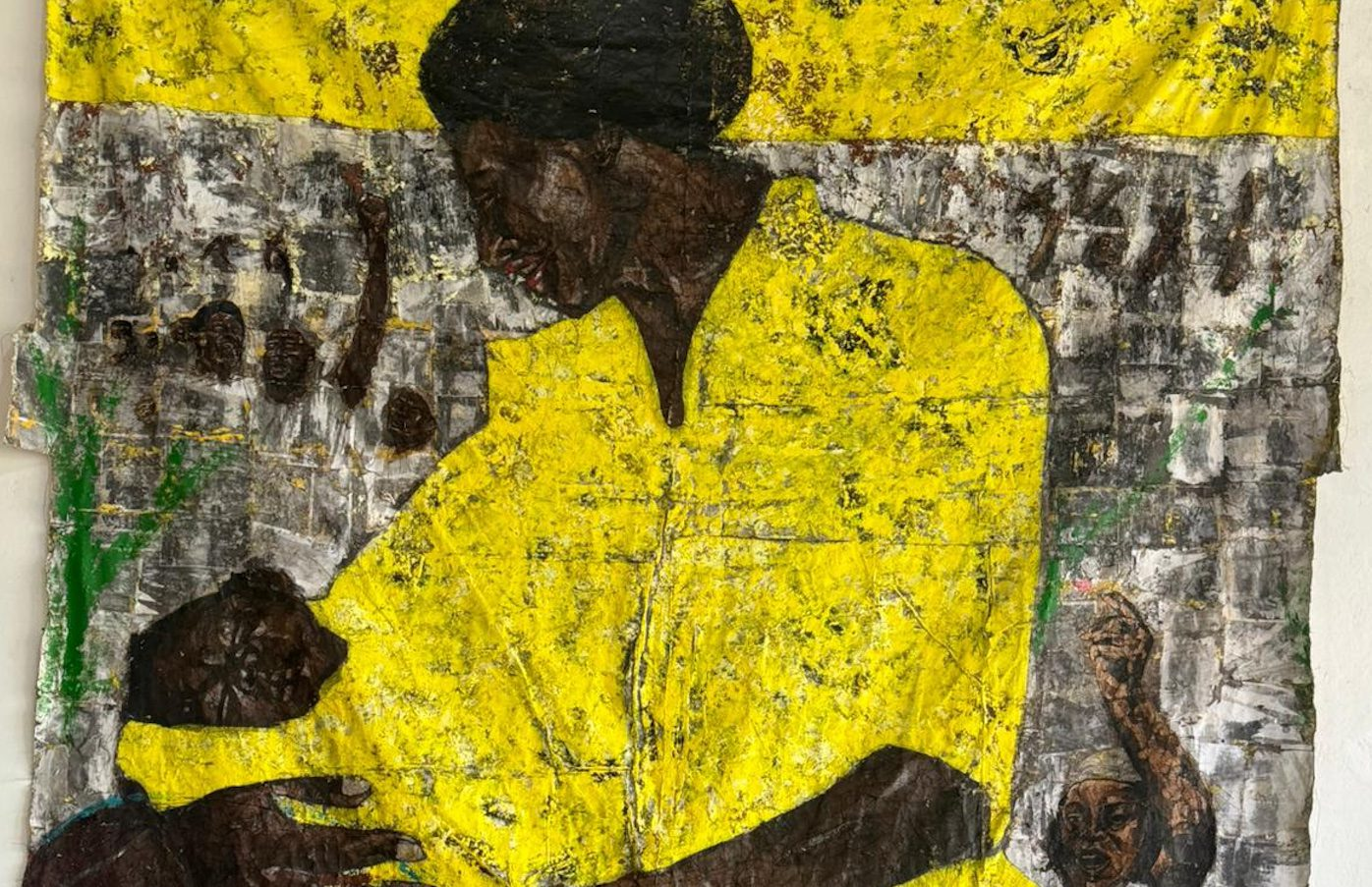There is a growing interest in the appreciation and collection of African art, locally and globally. Collectors from all over the world are increasingly looking to add African art to their collections for this reason. This is a way to show appreciation for the art, invest in the artist’s future, and diversify their art collection. With the shift in the global African art market, it is also a way to signal to the world the artists we value in our markets for a change.
For new collectors, starting your art collection might be tasking, and it can also be rewarding. With this understanding, here are 3 tips for new and established collectors looking to diversify their collections.
Courtesy of MoMA
Understanding The Historical Context And Diversity Of African Art
To build and diversify your collection, you must take time to research the historical context and cultural landscape of African art. This encompasses various styles, techniques, and materials that vary by region and country. For instance, artists such as Sokari Douglas Camp, Rita Mawuena Benissan, Ibrahim Ballo, and Yinka Shonibare, amongst others, are reinterpreting traditional forms like ceremonial masquerades, textiles, funerals, regattas, and dances to reflect contemporary concerns.
Courtesy of October Gallery
Another purpose of research is to explore the different artistic expressions spread across different regions, different art forms, contemporary movements, and the history of the artist before you start collecting their work. Art collectors can learn from industry experts through exhibits, art fairs, and artists’ talks.
Identifying Your Preferences And Budget
What kind of art piques your interest? How much money are you prepared to spend on art?
As you build your art collection, these are some of the questions you need to ask yourself. These questions can be addressed when you identify works that match your personal interests and preferences in terms of style, medium, and subject matter. This will help you focus on building a cohesive art collection. It will also guide the amount you budget for an artwork.
While aesthetics are important in collecting art, you should also take the conceptual and cultural significance of the pieces into account. A great and diverse collection can relate meaningful stories and themes, and also be visually appealing.
Courtesy of Mutual Art
Sourcing Artwork
When sourcing African art to diversify your collection, it is good to collect artworks from different regions, countries, and cultural backgrounds to showcase the complexities and richness of African art. Working with reputable galleries, auction houses, or dealers who provide open documentation of the artwork’s history and provenance will help you to ensure that the works you buy are genuine and come with a clear provenance. You can also consult with the artist themself, the gallery representing them, or an art consultant.
Other sources for African art include online platforms such as social media, online galleries, auctions, and marketplaces. You should think about travelling to African countries to immerse yourself in the local art scene, participating in art residencies, and visiting local markets and artists’ studios.
While purchasing works by well-known artists can be valuable, you should also think about supporting emerging artists. Emerging artists often bring fresh perspectives and innovative approaches to African art, which contributes to the expansion of the contemporary art landscape.
Courtesy of the artist.
Iyanuoluwa Adenle is a Nigerian art writer, essayist, and poet based in Lagos. She is currently the head writer at Omenai. Adenle has contributed to a number of art publications, including Tender Photo, Art News Africa, Pavillon 54, and Omenai.

